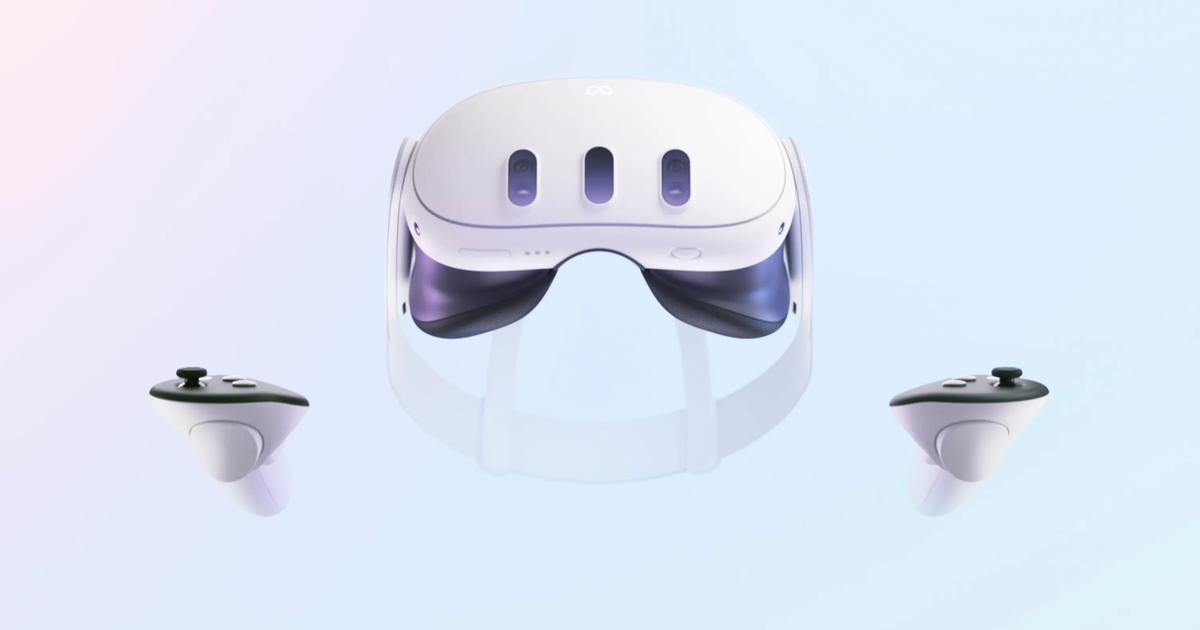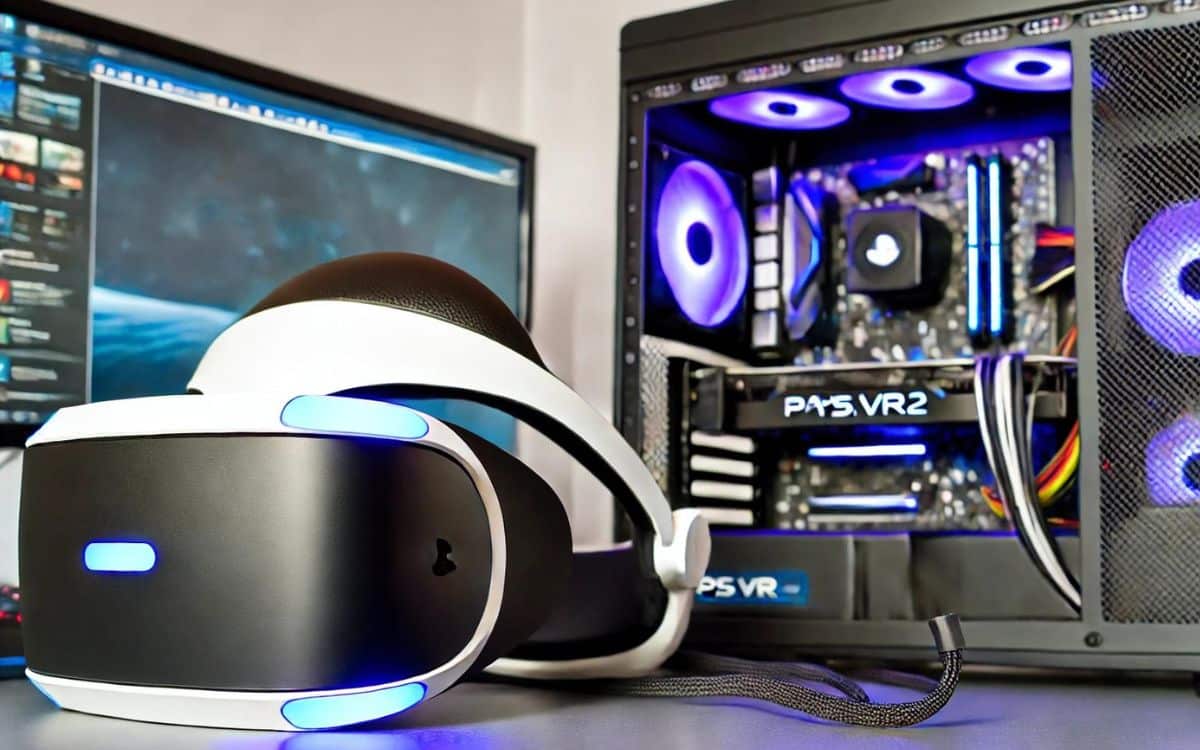To cure evil with evil. In 2013, when a VA therapist suggested that Chris Merkel take virtual reality (VR) therapy to treat PTSD, he immediately refused. After three missions in Iraq and four in Afghanistan, it was impossible for the ex-Navy to immerse himself in a 3D environment that would recreate overwhelming memories, like the battle days that haunt him for his life. ‘worst nightmares’.
But traditional speech therapies were not effective for him, he finally decided to try virtual reality, Related to an article in the New York Times. The helmet above his eyes aloud tells a certain incident to the doctor, who adjusts the simulation according to the story. As the session progressed, Chris Merkel felt his muscles contract and his heart rate quicken, especially since details, such as the military truck or the weight of the miniature pistol in his hand, were very accurate, he recalls. “My body was reacting physically, because my mind was telling itself this was happening to us.”
The former soldier adds that as soon as he took off the helmet, a sense of pride prevailed. Dealing with painful memories in a virtual world made him realize that he could live with his past, and have less fear. “If you beat something in virtual reality, you will beat it in real life”, Daniel Freeman, professor of clinical psychiatry at the University of Oxford, who administers virtual reality therapies at ten clinics in England, analyzes it.
cure anxiety
Chris Merkel is not the only one who has improved his mental health thanks to this technique. After six one-hour sessions, a survivor of September 11, 2001 developed symptoms of severe post-traumatic stress disorder (PTSD). decreased by 90%. Even better: As part of the studyThe American newspaper notes that sixteen of the twenty veterans in Iraq no longer meet the criteria for a diagnosis of PTSD after undergoing virtual reality therapy.
This treatment is not entirely new. It’s actually inspired by a technique developed by Edna Foa, MD, professor of psychiatry at the Perelman School of Medicine at the University of Pennsylvania, called “prolonged exposure.” It involves having patients describe a traumatic event, in detail and in the present, before confronting them with real-world trauma stimuli.
Today, virtual reality therapy is beginning to expand to include anxiety disorders or phobias, says The New York Times. During the pandemic, for example, a research team from Johns Hopkins University has been testing virtual reality meditation exercises to reduce stress and fatigue among medical staff. The results were convincing: among the fifty nurses in the Covid-19 department, 49 nurses noticed a decrease in their stress level.

“Certified gamer. Problem solver. Internet enthusiast. Twitter scholar. Infuriatingly humble alcohol geek. Tv guru.”





